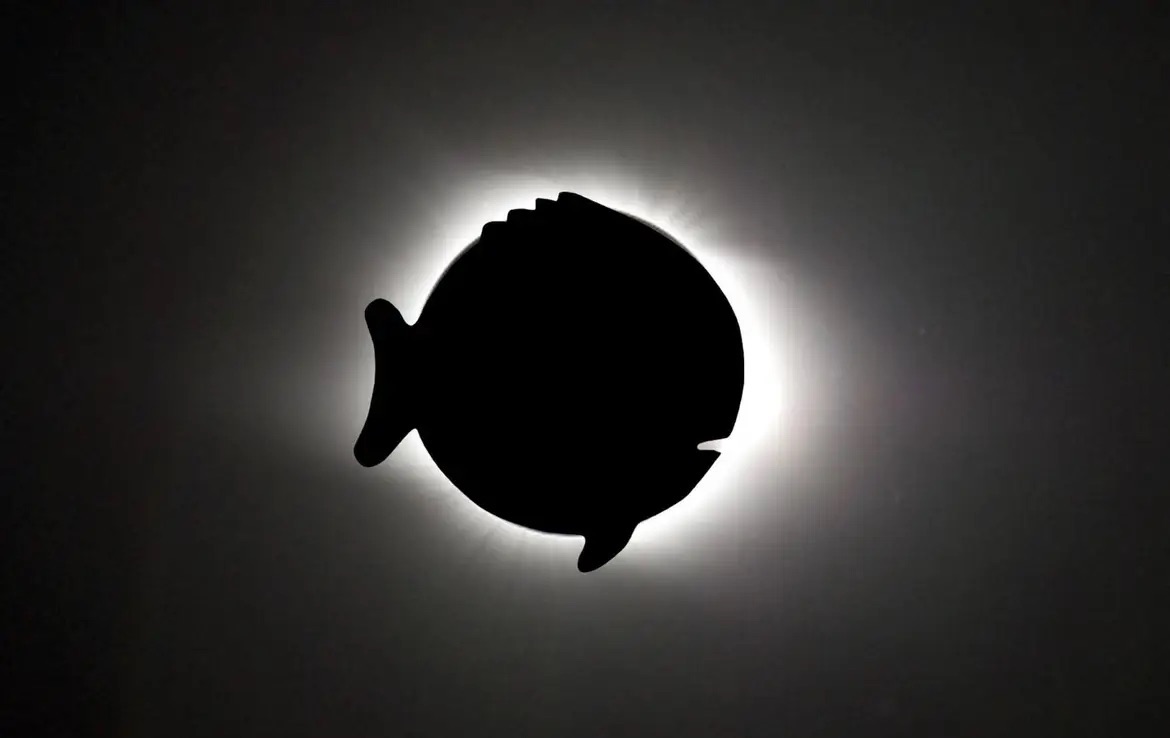As a high school coach, I get to watch a lot of races from the water, but that is an opportunity limited to a few, and very limited by your position near or on the course and freedom to move around. I was on a spectator boat at the America’s Cup (back in the 80’s when it was in Newport, RI) and saw very little of the race. I was on a mark boat at the Laser Olympic trials and saw lots of windward mark roundings and nothing else. In coaching team racing, I am usually on the start boat or the finish boat, and from either perspective, I miss some of the action. It seems that short of having access to a helicopter, competitive sailing is usually just too hard to see to get a real sense of the overall sport.
(This is actually gel coat, which might be more interesting than standard paint. Is it going to cover? Will the sprayer spit all over the work or coat it evenly? Did I put in enough catalyst to make it dry or will it stay sticky forever? Fascinating, once you get into it! Sort of like sailing?)
The Extreme 40 racing series is trying to change all that. They have come to Boston this the Fourth of July weekend for Act IV of their series, and in my view, they are making it work. How?
The Extreme 40 racing series is trying to change all that. They have come to Boston this the Fourth of July weekend for Act IV of their series, and in my view, they are making it work. How?
- Fast boats – 40 foot catamarans that can really fly – at least one pontoon at a time.
- Large boats – visible from a considerable distance away.
- Differentiation between boats – unique and colorful graphics on the sails.
- Possibility of crashes – who doesn’t like a good NASCAR wreck?
- Expert sailors – much scrambling around and perfect spinnaker sets every time.
- Short races and many of them – about 20 minutes apiece – 43 races in five days at their last stop.
- Knowledgable and entertaining play by play commentary over a loudspeaker – identifying the players, explaining the courses and sailing tactics, and generating crowd enthusiasm.
- And the really critical factor, stadium viewing – the race is as close to shore as possible and bleacher seating is available. You can finally see the whole race, not just a couple of boats for a small part of the course!
I’ve seen a couple other instances and venues where it all works as a spectator sport. The world team race championship held on the shores of Newport a few years ago was similarly great viewing and exciting racing. Events held at MIT are close to shore on the Charles River and the roof deck of the boat house provides just enough height to see the entire race. Although I’ve never been there, the Hinman team race event in England reportedly provides stadium sailing better than anywhere else and draws crowds that pack the grandstands year in and year out.
Newport Team Racing Championship
Charles River Regatta
yarg






